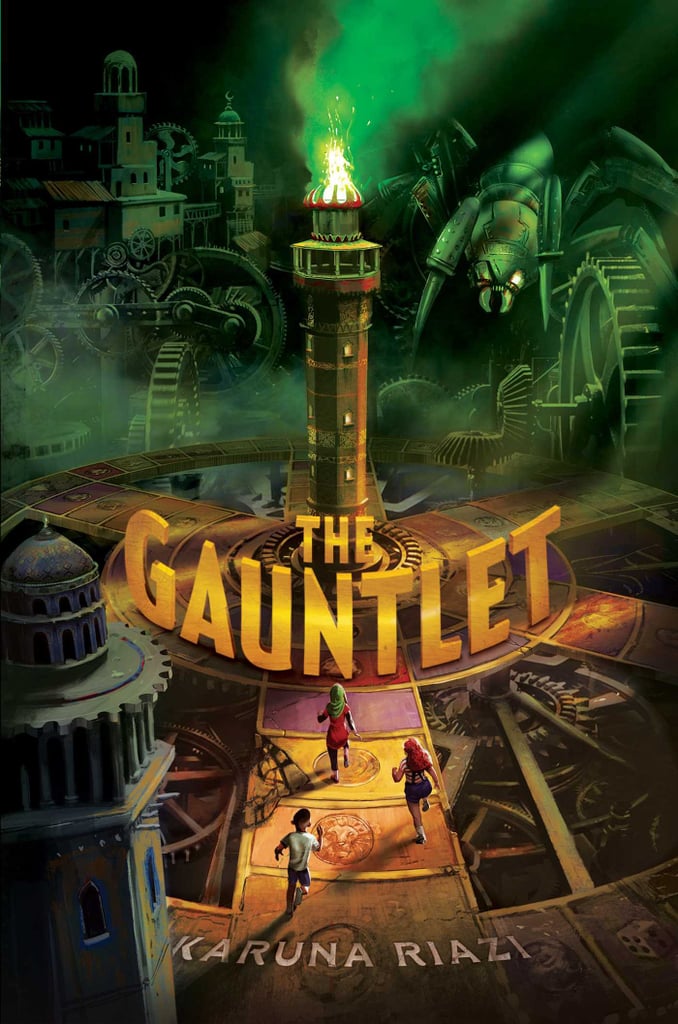

She’s 12, that impossible age that straddles childhood and adolescence. The talking lizards are cool, though.įarah shines as The Gauntlet’s protagonist. In the intervals Riazi creates a dazzling environment for the Gauntlet: a dream-like, shifting fantasy city that would be marvellous if it weren’t out to get the players.

Yet the challenges themselves take up little enough of the book (if anything, they feel rushed). Structured around the three challenges that Farah, Essie, and Alex must win in order to defeat the Architect, Riazi gives neither her characters nor readers much time to breath as they rush all over the city of Paheli. The plot is an intense and fast-paced one. I can easily see a teenager or adult enjoying this (I did), and it’s the kind of story I could see a parent reading out loud to or with a child who is on the younger end of this audience. While that’s definitely the case here, I think Riazi does a fantastic job telling a tale that will hold the interest of older readers as well. Middle grade novels, of course, can often have simpler or at least less subtle structures and subtexts because they’re appealing to a younger demographic.

My reading for younger audiences skews almost exclusively towards the older end of YA, partly because that’s the age group I’d teach if I were in a regular high school and because those are the stories that most appeal to me. I tried hard to put myself into a middle grade mindset for this one. But the Gauntlet has not played in over twenty years, and its Architect is … hungry. When her younger brother, Ahmad, gets trapped inside the game, Farah and her two friends have no choice but to enter the game themselves and beat it in order to retrieve Ahmad and exit.

On her twelfth birthday, she mistakenly receives the Gauntlet, a malevolent and self-aware board game. The Mirzas love all sorts of tabletop games, card games, and puzzles. I won a copy of The Gauntlet in a Goodreads First Reads giveaway.įarah Mirza is a gamer from a family of gamers.


 0 kommentar(er)
0 kommentar(er)
